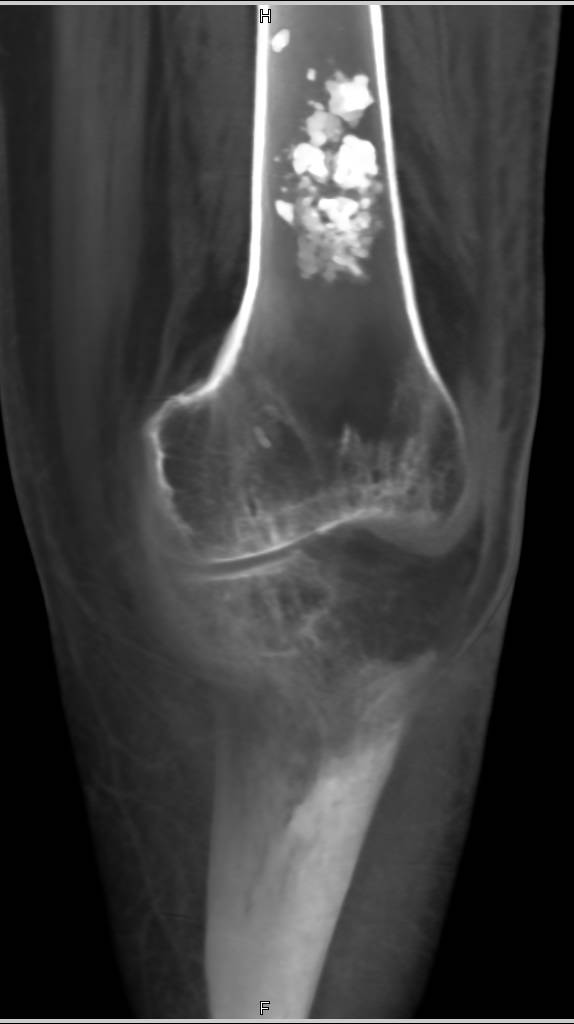

The video below demonstrates an assessment and treatment of the cuboid bone. Watch YouTube Video: Cuboid Assessment and Treatment by NAIOMT. This can lead to dramatic improvements in someone’s ability to use the foot effectively. There is a surgical procedure that uses bone grafts to lengthen the fourth and fifth toes, restoring their typical sizes. If these toes get shortened, this can make it hard for someone to balance. Also referred to as lateral column shortening, the fourth and fifth toes often appear shorter once the fracture has healed. One significant problem that may arise following the repair of a cuboid bone fracture is called metatarsal length discrepancy. Oral medications and physical therapy may be able to treat inflammation due to arthritis, improving mobility. The end result is arthritis, which may lead to further mobility problems. This leads to inflammation in the foot, which may degrade the surfaces of these bones. Without this cartilage, bony surfaces start to rub against each other directly. If this bone is fractured, there might be damage to the cartilage that separates these bones. The cuboid articulates with numerous other bones in the foot, including the fourth and fifth toes. Arthritis develops when there is a loss of cartilage between two bony surfaces. Can Degenerative Arthritis Develop from a Cuboid Bone Fracture?Īnother common complication is the development of degenerative arthritis. This can help someone improve the strength, flexibility, and range of motion of the foot. To help with this, physical therapy is the preferred treatment option. This will limit the functional abilities of the foot. Without the typical range of motion, people may have trouble balancing. Some individuals may notice that they don’t have as much flexibility in the foot.

The overall result is long-term mobility issues. Stiffness in the outside of the foot may also result from tendon or ligament damage in the accident. This may lead to bruising and swelling as well. This pain usually develops in the foot due to long-term inflammatory reactions. This can make it hard to walk and run effectively. Even after the fracture has healed, some people will notice pain and stiffness in their foot. The most common complications that might occur following a cuboid fracture impact someone’s mobility. Medical care will focus not only on repairing the fracture but also on addressing complications. A cuboid fracture can occur in a work accident, motor vehicle collision, or motorcycle accident. However, direct trauma to the outer edge of the foot in a traumatic accident can lead to a severe fracture. Most of the injuries involving the cuboid bone include ligament damage. Damage to this bone can lead to significant long-term issues. Therefore, it plays a critical role in nearly all of the foot’s movements. Many of these complications develop because the cuboid bone is the only support structure for the fourth and fifth toes. If an individual suffers a cuboid bone fracture, there are serious complications that might result. The cuboid bone is located on the outside of the foot. Complications from a Fracture of the Cuboid Bone


 0 kommentar(er)
0 kommentar(er)
